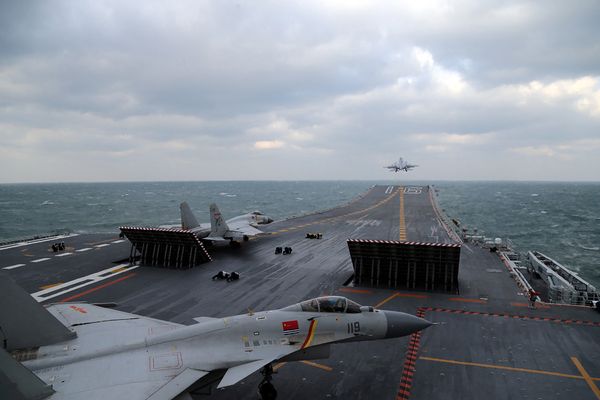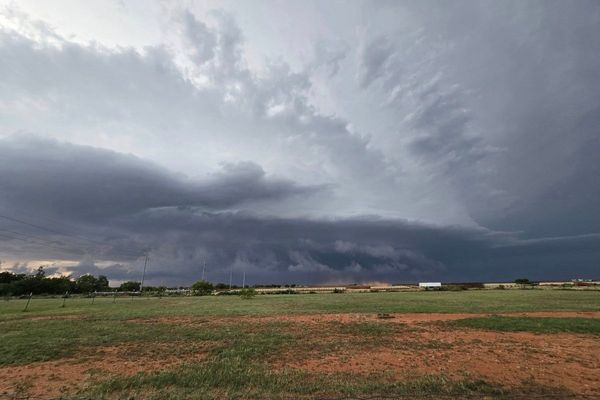
Snow, an inch or two, but a broken layer, mainly because the chill wind has plastered vertically. Swirling flurries fall still, but as the afternoon progresses, snow shifts into sleet, then freezing rain. A flock of 100 fieldfare hunt in an empty sheep pasture, scrutinising the half-buried sward for morsels of invertebrate food. Their backs dip and hunch above the snow as they tug and flick at detritus and vegetation. They do not look like good invertebrate-hunting conditions to me, but I hope these Scandinavian visitors are more adept than I and manage to fill their bellies. The fieldfare are accompanied by a single starling and an individual mistle thrush who, hopping erect through the snow and grass, appears to have adopted the role of lookout.

In early summer Glapthorn Cow Pastures thrums with life; the nightingales and black hairstreak butterflies that inhabit the blackthorn scrub are particular draws for human visitors. Today the naked winter wood seems vast and empty – silent but for the thick patter of melt drops from the trees. The snowy ground reveals no recent human visitors, and only the prints of a pheasant and muntjac deer give away the presence of fellow vertebrates, although each bramble patch is home to a flitting wren.
It is only at the far edge of the wood that I come across a bird hotspot: a couple of blackbirds, a pair of dunnock, a willow tit and a small flock of long-tailed tits. Then a small greenish bird flicks across my path into a hawthorn; the flaming yellow crown line of the goldcrest brings a welcome flash of primary brilliance to a forest drained of colour.
Wrapped up in feathered pursuit I fail to detect the approach of a thin-legged country gent and his fawn hound making their stiff and sprightly way around the wood. I almost drop my binoculars as they materialise with a greeting over my shoulder.
The colours may be faded and the sounds deadened, but the snow has bestowed peerless tranquillity and new beauty on Glapthorn Cow Pastures.







